
6 minute read
FUTURE OF FARM SUBSIDIES
In the last edition of In the Field, we discussed future Government subsidies following the removal of the Basic Payment Scheme, with no meaningful detail from DEFRA of the schemes available. Twelve months on, what more do we know and can farmers actually begin to evolve their businesses?
What we know
Advertisement
The Basic Payment Scheme has now started to reduce, albeit for many it has been a 5-10% reduction in 2021 which has gone unnoticed; partly due to the modest amount and partly due to increasing values of beef, milk, cereals and lamb. However, as the years pass, the reduction will be greater and as input costs soar, margins will begin to be squeezed.
Many clients are now looking to plan for the future without BPS and consider the replacement Government support schemes. As we are well aware, these schemes are focusing on environmental credentials, opposed to agricultural production, although we have still been promised that there is not a conflict between agriculture and the environment, but instead a balance to be achieved. Whilst this remains to be seen, the tide is clearly turning and farmers will need to adapt their practices to receive the support. So, what is coming in 2022?
The Sustainable Farming Incentive (SFI) is the first step of the new programmes under the transition plan, following a pilot in 2021. In simple terms, SFI is aimed at all farmers of all types, locations and tenures; perhaps to be considered in a similar manner to Entry Level Stewardship of years gone by.
It is intended to be a simple three year agreement with quarterly payments due to commence in 2022. There are proposed to be three levels of involvement (basic, intermediate and advanced) with farmers even able to increase levels during the agreement term as the scheme develops. Flexible and fair appears to be at the heart of this. Perhaps slightly surprisingly, applicants will be able to apply for the SFI, as well as claiming BPS and Countryside Stewardship incomes. In addition, private sector deals to sell environmental outcomes, such as Biodiversity Net Gain or Natural Flood Management, are also permitted.
However, whilst all sounds very positive and flexible, as always, the devil is in the detail. The full details have not yet emerged but information on payments has been revealed:
Grassland Standard:
• Basic Level - £28/ha
• Intermediate Level - £58/ha Arable Standard:
• Basic Level - £22/ha
• Intermediate Level - £40/ha
The launch is due in early 2022 so watch this space.
The immediate reaction from many has been that payments are low per hectare; certainly there are no jaw dropping headline figures compared to BPS that floated around £220/ha for many years. For an average sized South West holding of 68 hectares (168 acres), the best case grassland income is £3,944. However, whilst the finances are seemingly nothing too exciting, the management requirements to comply do not go far beyond good farming practices which many will be doing unpaid in any case.
What other support is there?
Common land will benefit from a data collection version of the SFI. Vast swathes of England’s commons are of high environmental value, but the sheer scale of these land areas results in limited data availability to assess potential for carbon capture and biodiversity enhancement. Funding will be available for a routine assessment of vegetation and soil condition over the three year period. Whilst this may not sound too exciting initially, it will be fundamental to any funding in the future as Higher Level and Higher Tier schemes come to an end.
Slurry management has also been in the limelight recently, following the farming rules for water restricting spreading during many months of the year and anticipated storage requirements being increased to six months under SSAFO. The Slurry Investment Scheme is due to arrive in autumn 2022 with capital grants to enhance slurry stores. Be warned though, this isn’t predicted to solve the slurry woes for all livestock businesses. Very few details have yet been released, but it appears if your holding is behind current legislation, the Government will not be helping you to catch up.
In amongst this, there are productivity, welfare and diversification type capital grants doing the rounds (such as the Farming Investment Fund). Details will follow at relatively short notice as these schemes open for applications.
Finally the more bespoke Local Nature and Landscape Recovery schemes are coming –but nothing is yet released for discussion.
What should you be doing now?
Future scheme details remain vague, but are slowly emerging. When the Sustainable Farming Incentive is released, take a look at what it means for you, not just the income but also the requirements. How much change would the scheme require?
Countryside Stewardship remains as a legacy scheme – should you be securing a five year agreement with some decent payments, as well as potential for significant capital grant investment?
There is a huge amount of change within the sector currently and our team are routinely reviewing businesses and advising clients. A meeting with one of our advisors to discuss your situation and future options could result in significant financial benefits going forward.

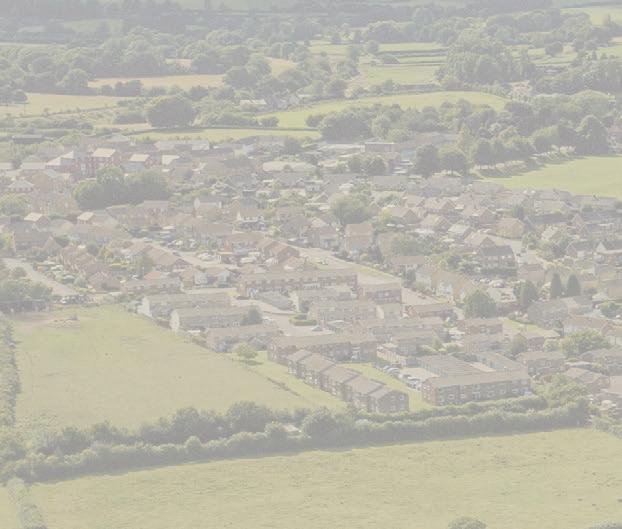
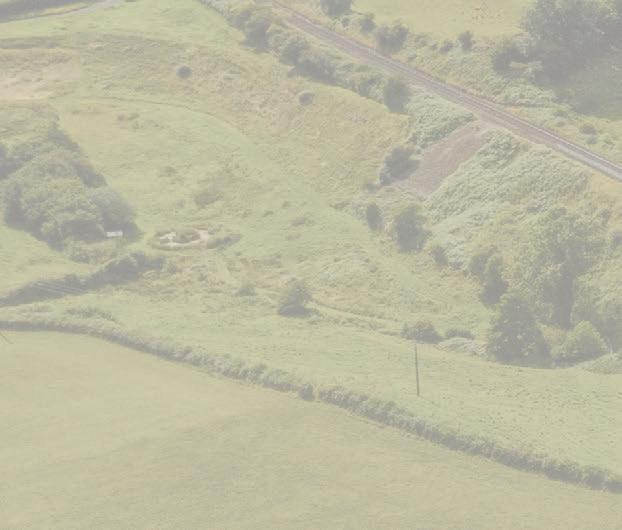
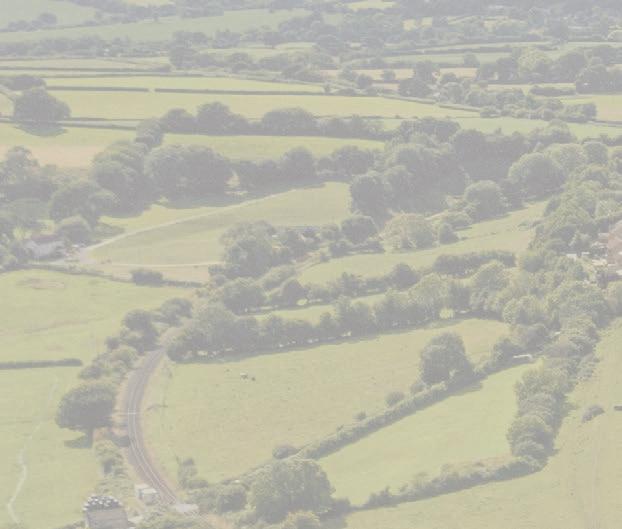
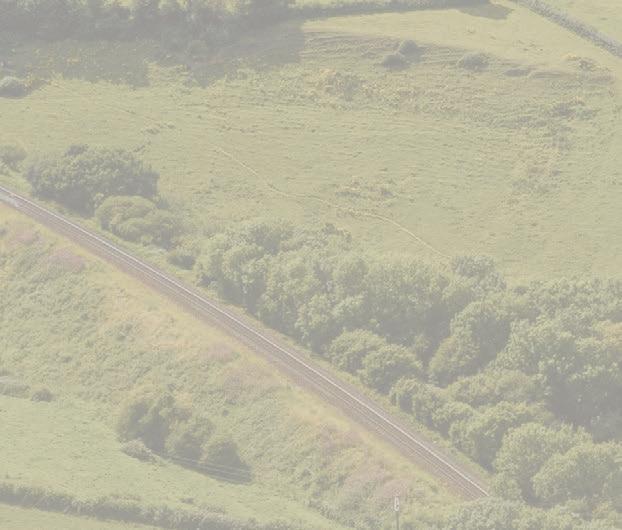
The Value Of Land
What may 2022 have in store?
Richard Webber, Partner in our South Molton office, comments on the agricultural land market in the South West, looking back at 2021 and predicting what 2022 may hold in store.
2021 In Brief
There has been a continued shortage of good quality land and large commercial holdings coming to the market, despite there being plenty of interest and demand for these opportunities. A small 7% increase in the availability of land and farms was reported for the first half of 2021 compared to 2020 levels, although generally in the South West there had been a 22% drop in market activity for the same period, reflecting the limited opportunities available. Nevertheless, Greenslade Taylor Hunt had another very busy year in 2021, successfully selling almost £60M of farms, smallholdings and agricultural land, which was up 43% on the previous year. The actual acreage sold remained fairly constant around 3,000 acres, reflecting the better quality property available and the rising value of farms and land. Analysis showed that serviced holdings with farmhouses and buildings of 100+ acres averaged £14,284/acre, with those in the 50100 acre range averaging £15,448/acre.
Across our area bare land values vary tremendously, with £15,000+/acre being achieved for arable land in the Taunton and M5 corridor, down to £2,500-£3,500/acre for land on the Somerset Levels or hill grazing on Exmoor. Here in North Devon values are tending to range between £5,500 - £7,500/ acre for decent pasture, with better quality pasture and arable generally £6,500 - £9,000/ acre. There are of course always exceptions to the rule, and these still tend to be dictated by situation and local competition.
Sustained demand for farms and land
With regards farm sales, the highlight of the year was Wonham Barton at Bampton, a superb 293 acre traditional livestock holding which sold well in excess of its £2,945,000 guide price. Other notable sales included Highworthy Farm at Higher Clovelly a 198 acre commercial dairy unit sold in May with a guide price of £2.5M; Craddocks Farm at Babcary a 100 acre residential holding with a guide price of £2.55M; Willicroft Farm at Rackenford, a 106 acre livestock farm guided at £1.485M; the 138 acre Quantock Farm at Over Stowey marketed with a guide price of £1.35M; and the 98 acre Heath Hill Farm at Winkleigh guided at £1.2M. It is an indicator of market strength that almost all of these holdings achieved in excess of their guide prices.
With Brexit now behind us, despite the planned cuts to BPS and increasing input costs, improved yields and strong agricultural
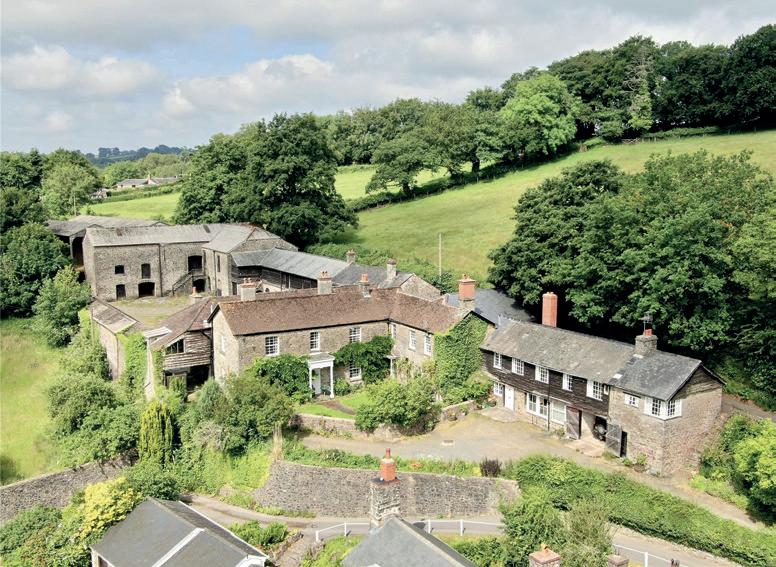
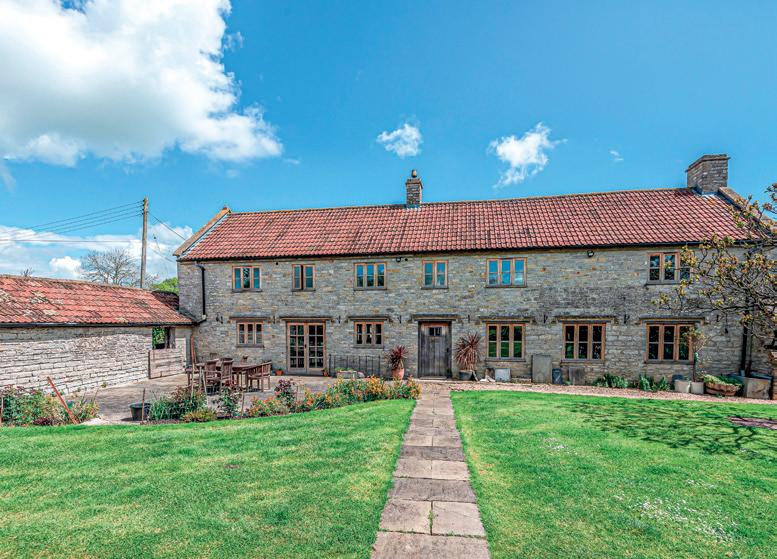
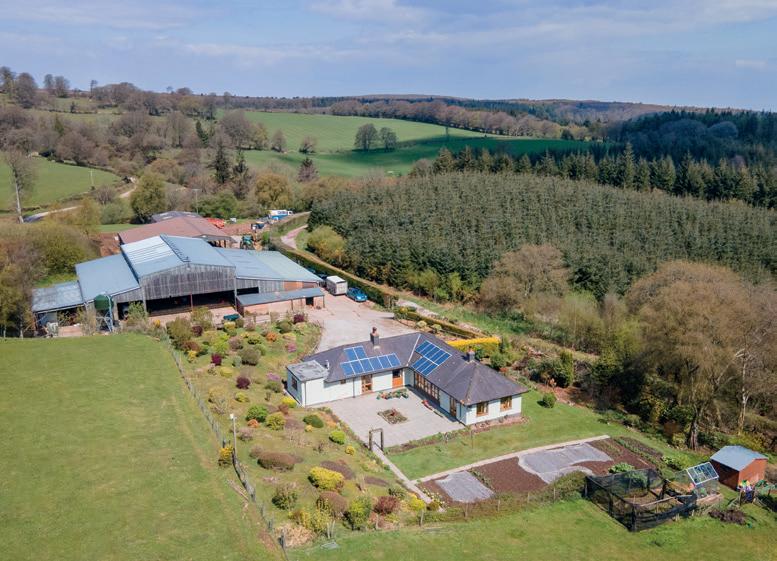
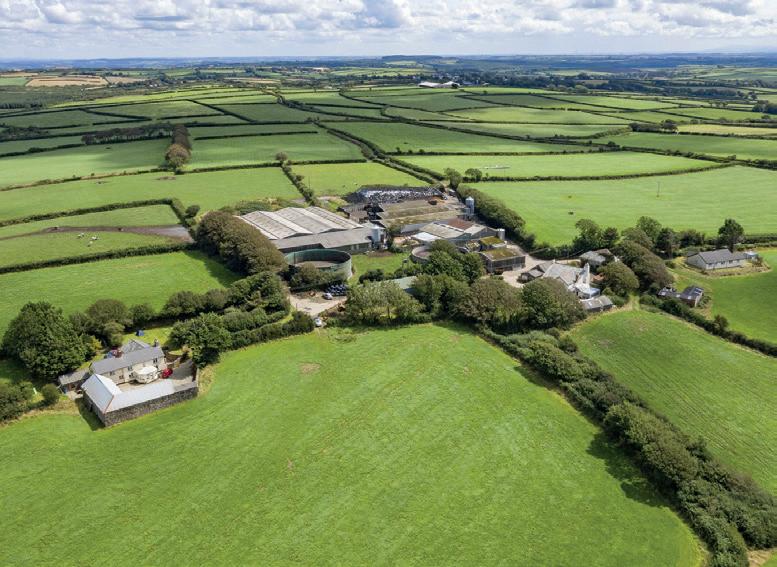
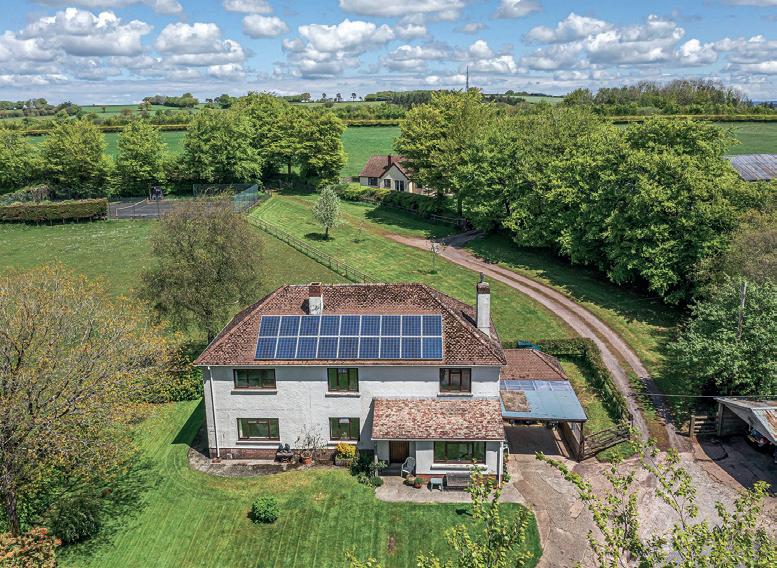
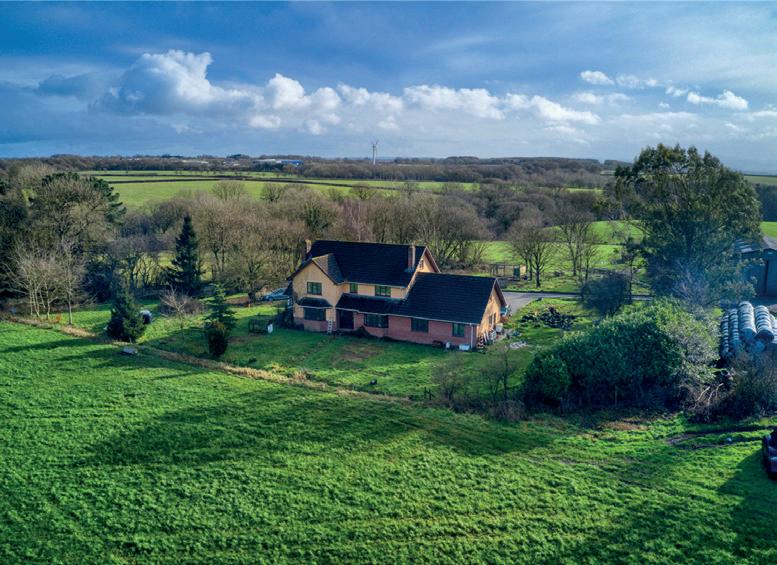
THE VALUE OF LAND (CONT.)
commodity prices have undoubtedly provided a confidence boost, with adjoining and local farmers, landowners and agricultural businesses keen to snap up larger blocks of land. How long this confidence will last remains to be seen, with the Sustainable Farming Incentive (SFI) and ELM’s ‘public money for public good’ schemes unlikely to offer the same income as BPS and average annual agricultural input inflation currently running at over 20%. Nevertheless, genuine opportunities to expand for most are rare, sometimes once in a lifetime, and where possible need to be exploited by those who are committed to the industry long term.

Sales of development land continue to provide roll-over funds, and this has undoubtedly played an influential role in the sale of larger farms. Land owning also remains an attractive option when it comes to capital taxes and the threat of the Government revising the associated reliefs seems to have diminished, at least for the time being. We continue to experience an ever widening purchaser base for land and farms, and it is likely that these factors will maintain, and quite possibly increase, values over the short to medium term. The ever present demand for lifestyle farms has been further heightened by the pandemic and the need to find space, privacy and solitude for one’s personal health and well-being is a principle aim of many purchasers relocating to the South West. Demand from the environmental sector for tree planting, carbon off-setting, carbon sequestration and rewilding are likely to have a major influence on land values in the years to come. Of course, smaller land parcels generally sell to non-farming buyers, with a whole raft of weird and wonderful potential end use ideas.
Here and now
At this early stage of the year we are already receiving very strong levels of enquiries from prospective purchasers seeking large, good quality commercial farms and blocks of agricultural land and this bodes well for those farmers who may ultimately decide to come to the market in 2022.



